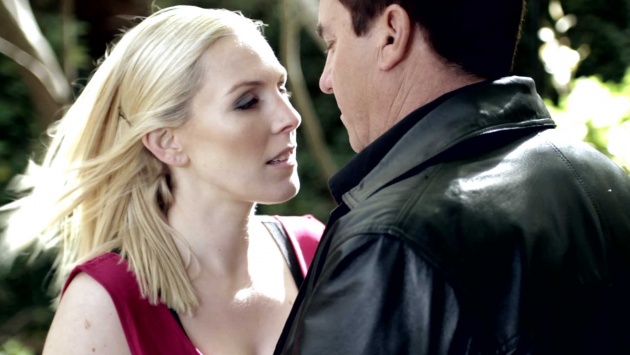Being a creative person is a lucky thing. It means that you can learn about technology and still maintain your creativity. Often, those people that are " techno" may not be creative. So, you are one up if you are creative and have a grasp of technology! As a break from screen writing, I thought I'd post this blog about the post production of Ouroboros.
Adobe Production Premium Suite CS5.5 and 3DS max were used for all post production on a PC with an Intel core I7 Central processing Unit, 16 GB of RAM with Window 7 operating system. H.264 files from the 7D were imported directly into Premier Pro. Files were stored on a 6TB NAS Network storage unit.
Post production began in August 2011 and took several months and was finally complete by end of May 2012 and took many long hours for myself and later first assistant Director, Andrei Gostin.
I created a variety of digital visual effects. Stop motion animation was used for the slow motion falling ring. Rotoscoping for the dripping blood falling from the dagger was performed with Photoshop. The “leave colour” function in After Effects CS5.5 and masking was used to create the Sin City style colour grade. After effects was also used to re-composite shots to remove green screens and add the moon, cliff textures, the ring, the knife’s blade, additional smoke and some blood effects. 3DS max was used to create the 3 dimensional bullet and cliff face in the falling sequence and then introduced into After Effects to assemble the final compositions. Slow motion sequences were enhanced by Twixtor plug in, in After Effects. Colour grading was mainly performed within Premier Pro, but also in After Effects and Magic bullet Looks.
The final edit was overseen by first assistant Director, Andrei Gostin, who finalized the edit from a number of early versions.
Automated Dialogue Replacement (ADR) was recorded by Sound recorder, Phil Van Hout in a sound booth in the university campus in Adelaide for both Dan Hynes and Fiona Delaine, and Raphael Felix was recorded separately on a Zoom H4n unit. Sound design was performed initially by Phil Van Hout done on Pro Tools and then sent to Red Dot Studios in Sydney where Sound designer and mixer Sasha Zastovnikovic (who performed the sound design for the feature film “The Tunnel”) finalized the sound design and the sound mix to output both 5.1 Surround and Stereo versions.
The final sound tracks were mixed in Premier pro. The final film was rendered with some noise reduction for the images and Dolby digital 5.1 surround and stereo versions.



